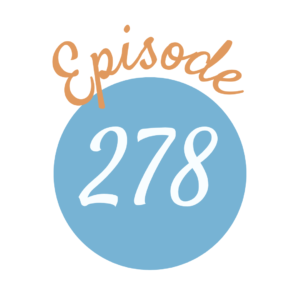
As we near the end of this season-long discussion on “Trusting the Method” we turn our attention to the curriculum itself. How can we choose curriculum that Trusts Charlotte Mason’s Method? How can we evaluate whether a resource or curriculum follows the method in part or whole? How do we decide if we even *want* to trust the method with our curriculum?
Listen Now:

“N.B.1 In home schoolrooms where there are children in A as well as in B, both forms may work together, doing the work of A or B as they are able, but more work must be expected from I A.” (All P.U.S. Programmes)

Arabella Buckley’s Eyes and No-Eyes Series Here and Here
Strayer-Upton Practical Arithmetics

Episode 263: What Does it Mean to Trust the Method?
Charlotte Mason’s Curriculum Programmes
Episode 7: Recognizing Living Books
Episode 3: The Role of the Teacher
Episode 5: The Power of Connection
Charlotte Mason’s Short Synopsis:
ADE’s Patreon Community
